Art World
10 Fall Museum Shows to Get Excited About Around the US
Ben Davis takes us on an aesthetic road trip.
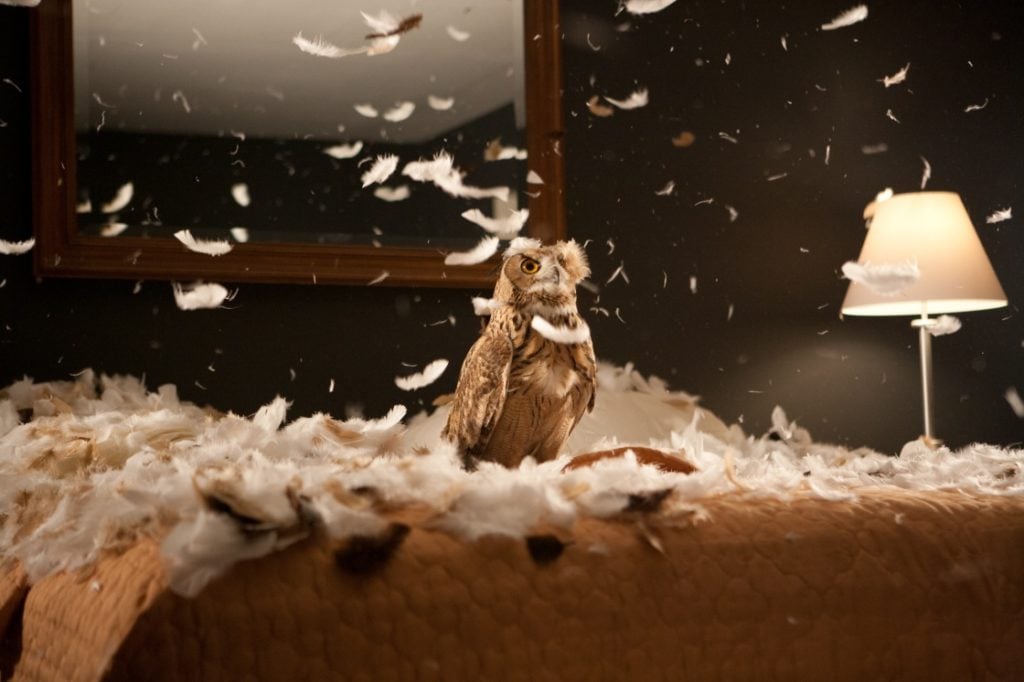
Ben Davis takes us on an aesthetic road trip.

1. “Doug Aitken: Electric Earth” at Los Angeles Museum of Contemporary Art, September 10 to January 15, 2016
Organized with the input of Aitken (b. 1968) himself as “an entropic landscape suspended between city, broadcasting machine, and labyrinth”—yikes!—this LA MOCA show’s ambition mirrors the wild ambition of his works, from his mesmerizing tour of the Namib desert for Diamond Sea (1997), to his Levi’s-sponsored train-based carnival Station to Station (2013).
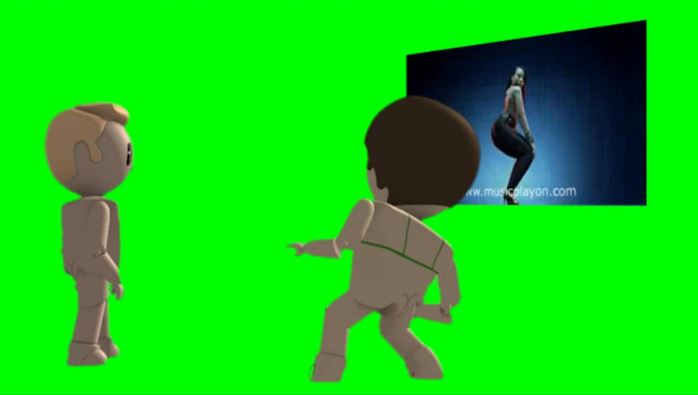
Frances Stark, My Best Thing, 2011. Image courtesy of Gavin Brown’s enterprise.
2. “UH-OH: Frances Stark 1991–2015” at the Museum of Fine Arts, Boston, September 17, 2016 – January 29, 2017
Stark (b. 1967) has found her moment, and the MFA is billing this as the most comprehensive survey to date for the LA artist. Organized thematically rather than by straight-forward chronology, it promises an experience as twisting as her own many experiments with media and oddball confessional art. Look for My Best Thing, her creepy-cute cartoon video spinning art from her experiments with cyber-dating, seen at the Venice Biennale in 2011.
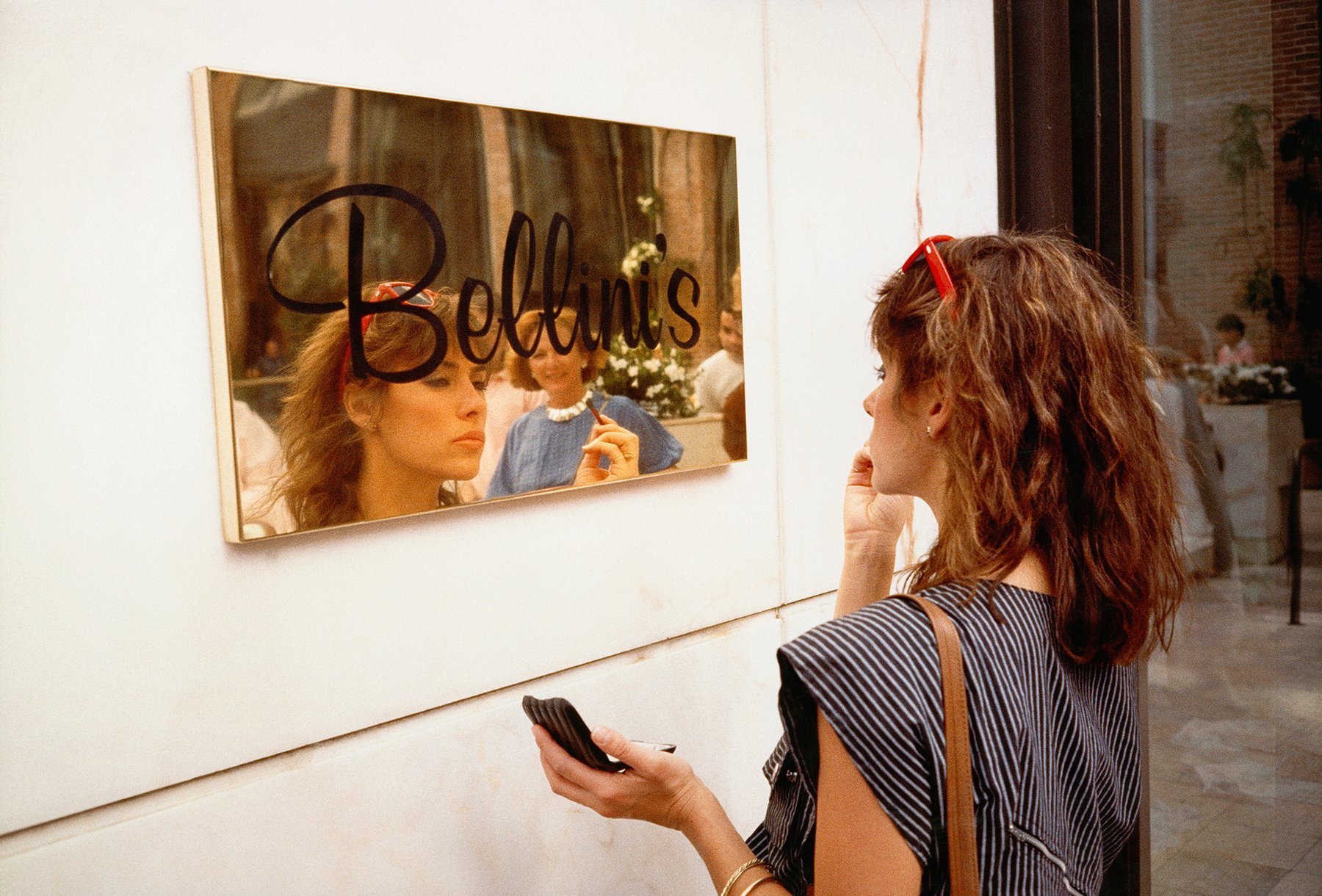
Anthony Hernandez, Rodeo Drive #3, 1984, printed 2014. Image courtesy the artist; ©Anthony Hernandez.
3. “Anthony Hernandez” at the San Francisco Museum of Modern Art, September 24, 2016–January 1, 2017
Some 160 images celebrating the career of Hernandez, the under-known LA street photographer (b. 1947), perhaps best known for the desolation of his 1991 series “Landscapes for the Homeless.”
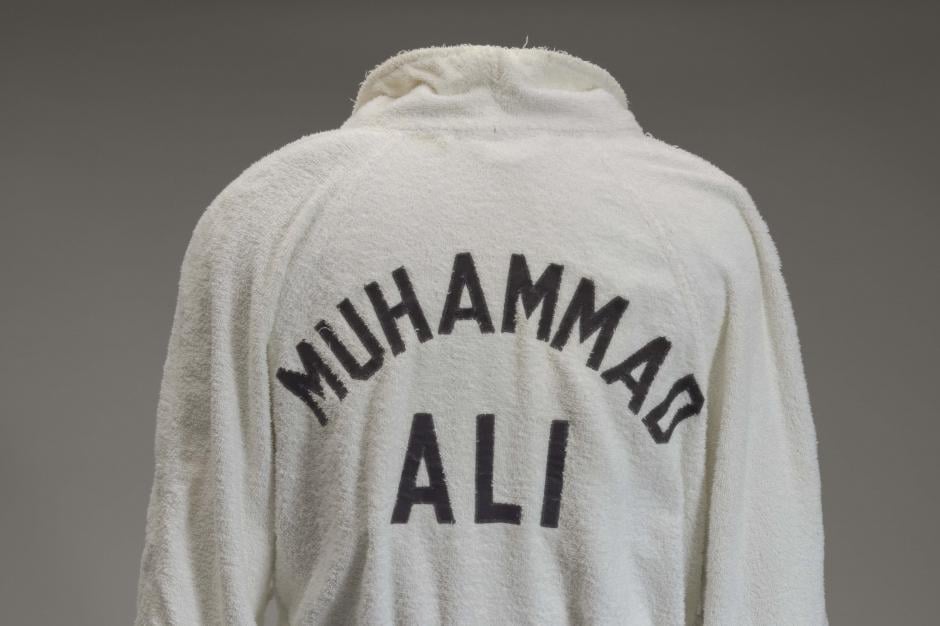
Training robe worn by Muhammad Ali at the 5th Street Gym, 1964. Image courtesy of the Museum of African American History & Culture.
4. Opening of the Museum of African American History & Culture, September 24, 2016
Long in the making, the new David Adjaye-designed museum opens with a three-day festival dubbed “Freedom Sounds: A Community Celebration.” Exhibitions include “Through the African American Lens,” featuring highlights of the institution’s 37,000-item collection of historical items and cultural artifacts relating to the black experience in the US.
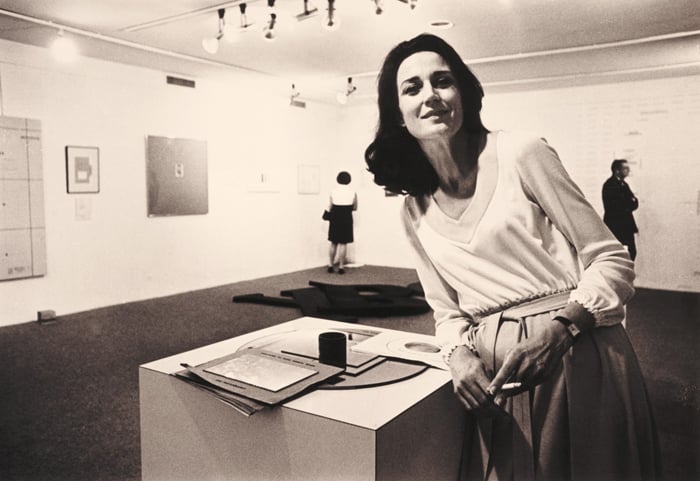
Virginia Dwan standing in the Language III installation. Image courtesy the Dwan archive.
5. “Los Angeles to New York: Dwan Gallery, 1959–1971” at the National Gallery of Art, September 30, 2016–January 29, 2017
Gallerists don’t get much more legendary than Virginia Dwan, and the NGA is offering more that 100 works associated with her namesake gallery’s golden decade, drawn from her personal collection. For its pioneering support of “earthworks” alone, Dwan Gallery is pivotal to art history, and this show promises a lot more than that.
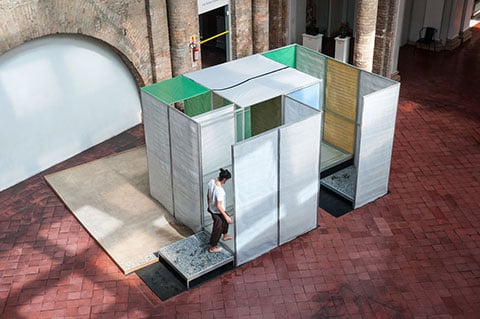
Hélio Oiticica. PN27 Rijanviera, 1979. César and Claudio Oiticica Collection, Rio de Janeiro. Photo courtesy Edouard Fraipont.
6. “Hélio Oiticica: To Organize Delirium” at the Carnegie Museum of Art, October 1, 2016-January 2, 2017
The Brazilian art pioneer (1937–1980) was both a charter member of the international Conceptual-art avant-garde (he was in the 1970 “Information” show at MoMA), and the person who coined the term “Tropicália,” which became the name for an entire, now-sanctified movement of Brazilian counterculture. This touring show (it will arrive at the Whitney in 2017) marks his first full US retrospective. Among other things, it promises to give robust accounts of the artist’s New York years in the 1970s, after he fled his country’s turn to dictatorship, and his subsequent return to Rio, at the decade’s end. But don’t worry: It also focuses on the flamboyant participatory art that he is best known for, including Eden, a work so massive it is rarely seen.
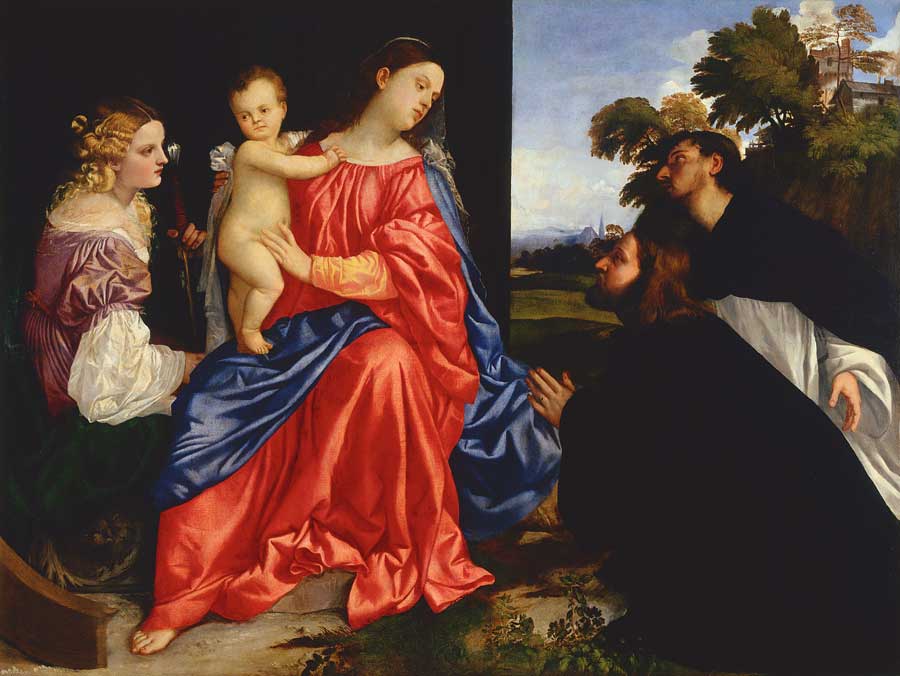
Titian, Madonna and Child with Saints Catherine of Alexandria and Dominic, and a Donor, ca. 1513. Fondazione Magnani Rocca, Mamiano di Traversetolo, Parma, Italy. Courtesy of Fondazione Magnani Rocca, Mamiano di Traversetolo (Parma).
7. “Glory of Venice: Masterworks of the Renaissance” at the Denver Art Museum, October 2, 2016-February 12, 2017
Let’s face it, the real fall blockbuster at the DMA is going to be “Star Wars and the Power of Costume,” which opens on November 13. But if you must settle for more terrestrial fare, this ain’t half bad. It’s probably too generous to call everything here a “masterwork,” but the show serves up canvases by Giovanni Bellini, Vittore Carpaccio, and Titian, among others. Of the 50 works, 20 hail from the Gallerie dell’Accademia in Venice.
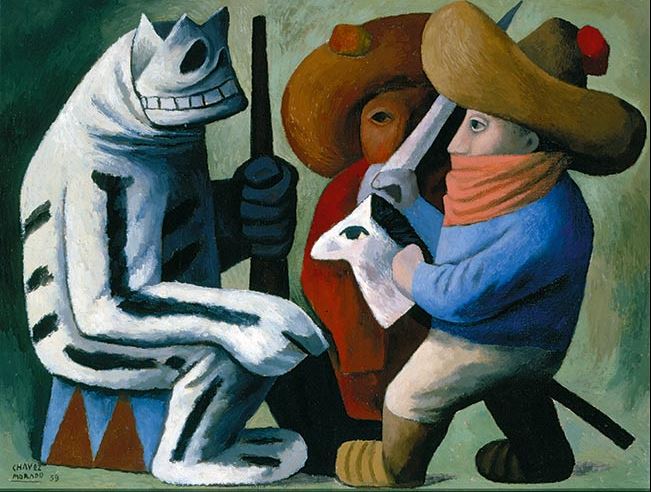
José Chávez Morado, Carnaval en Huejotzingo (Carnival in Huejotzingo). Image courtesy Phoenix Art Museum.
8. “Paint the Revolution: Mexican Modernism, 1910–1950” at the Philadelphia Museum of Art, October 25, 2016 – January 8, 2017
Impelled by the energy unleashed by its revolution, Mexico’s art scene cast a massive shadow over the first half of the 20th century. PMA revisits the so-called “Tres Grandes” of Mexican Muralism—Diego Rivera, José Clemente Orozco, and David Alfaro Siqueiros—but also a broad panoply of their influences, colleagues, and contemporaries, from Frida Kahlo and Rufino Tamayo to Dr. Atl and Manuel Álvarez Bravo.
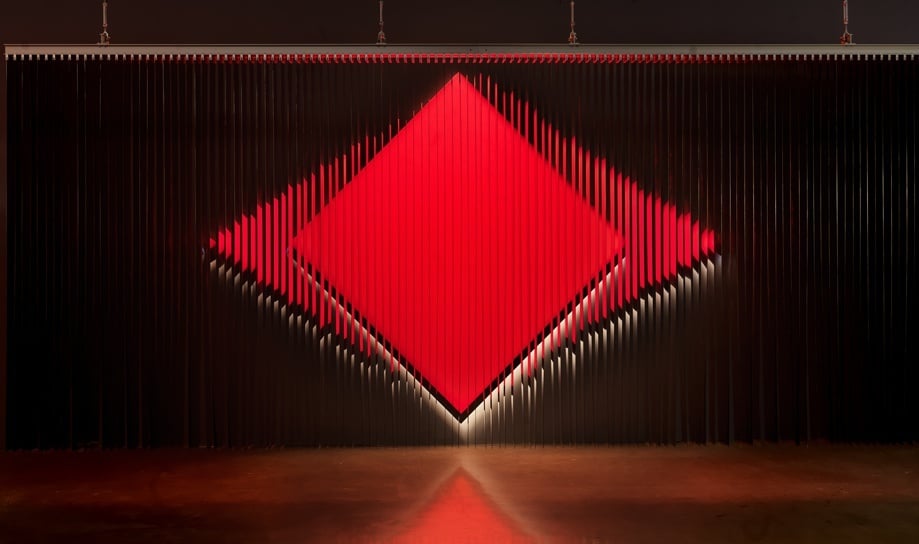
Julio Le Parc, Cloison à Lames réfléchissantes, 1966 / 2005. Image couresy Pérez Art Museum Miami.
9. “Julio Le Parc: Form→Action” at the Pérez Art Museum Miami, Nov. 18, 2016–March 19, 2017
A pioneer of kinetic art, the Argentina-born, France-based Julio Le Parc (b. 1928) gets his due at PAMM. The more than 100 works brought together by curator Estrellita Brodsky offer a taste of how Le Parc’s experiments with proto-participatory sculpture tried to activate the viewer. How will Le Parc’s animated paintings and labyrinth-like sculptures hold up in Miami, the capital of the contemporary-art-fair circus? We’ll find out.
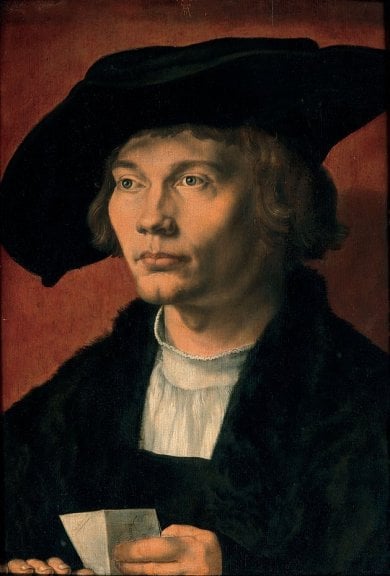
Albrecht Dürer, Portrait of Bernhard von Reesen, 1521, Staatliche Kunstsammlungen Dresden, Gemäldegalerie Alte Meister.
10. “Renaissance and Reformation: German Art in the Age of Dürer and Cranach” at the Los Angeles County Museum of Art, November 20, 2016–March 26, 2017
LACMA says “Happy 500th birthday, Protestant Reformation!” with this big show, co-organized with three German museums. It sounds like it offers a nice fall infusion of art-historical class and scholarly gravitas, via works from Dürer, Cranach, and Holbein, as well as arms and armor, decorative arts, and other items assaying the culture of a turbulent time.